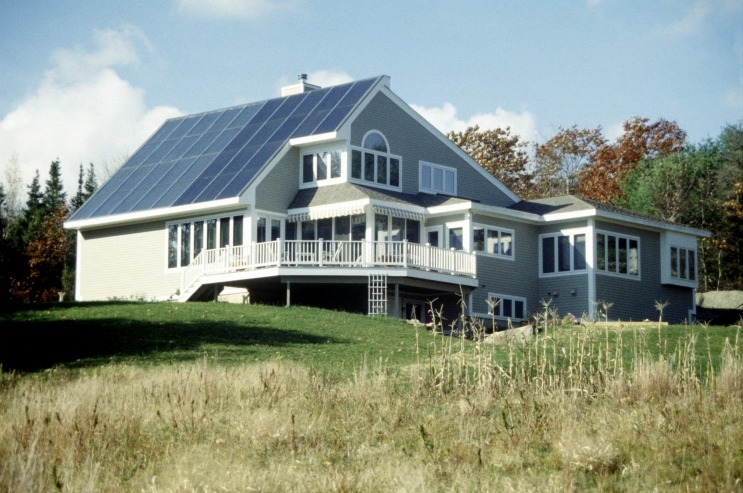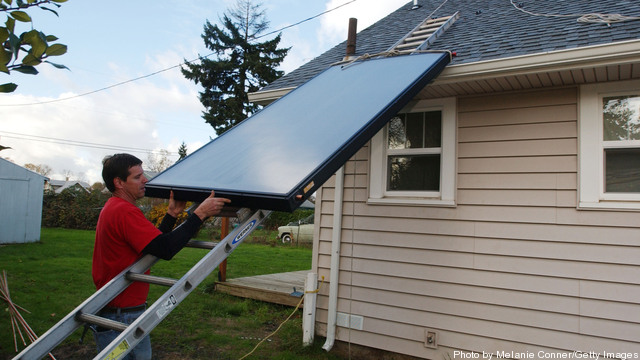While renewable energy systems are capable of powering houses and small businesses without any connection to the electricity grid, many people prefer the advantages that grid-connection offers. A grid-connected system allows you to power your home or small business with renewable energy during those periods (daily as well as seasonally) when the sun is… Keep reading →
IEEE
Grid-Connected Renewable Energy Systems
By U,S, Department of EnergySign up and get Breaking Energy news in your inbox.
We will never sell or share your information without your consent. See our privacy policy.Everywhere I go, utilities and the vendors who serve them are talking about the advent of distributed generation. They all agree that DG will be a disruptive force, even if they disagree how quickly it will hit critical mass. Your future is a distributed one, so it’s not too soon to start thinking through the… Keep reading →
 The United Nations identified needed developments to eliminate the worst of world poverty in a program called the Millennium Development Goals. The key is to foster conditions for market-driven economic growth to create a safe infrastructure that includes the people most in need as empowered participants, not mere recipients of a handout. Success would eliminate current ineffectual foreign aid programs and uncoordinated charitable aid in favor of growth by-and for-the people.
The United Nations identified needed developments to eliminate the worst of world poverty in a program called the Millennium Development Goals. The key is to foster conditions for market-driven economic growth to create a safe infrastructure that includes the people most in need as empowered participants, not mere recipients of a handout. Success would eliminate current ineffectual foreign aid programs and uncoordinated charitable aid in favor of growth by-and for-the people.
In response, the IEEE (Institute of Electrical and Electronic Engineers) established a pilot program which identified Reliable Electricity as one of the key enablers of economic growth, especially in areas of the globe containing nearly 2 billion people subsisting on incomes of less than $2US per day. The correlation of poverty with lack of electricity is obvious, but solutions that truly effect sustaining economic change are not. Fortunately, we have learned that a small amount of electricity can have a huge benefit at an affordable cost. Moreover, the technology already exists to create a sustainable business model that, in principle, can grow rapidly to reach millions of people. Keep reading →

A technology that gets a lot of hype–and federal US dollars–but produced only about 0.1% of the world’s electricity in 2010, solar has become the planting ground for young entrepreneurs hoping to make the technology more affordable and more attractive to consumers.
Some have devised unique financing plans, while others have simply attached panels to personal devices like motorcycles and boats. Keep reading →

What if? What if mechanical failure at a single point would automatically and instantaneously communicate to nearby nodes that a shutdown was necessary to prevent a truly widespread blackout?
If that were possible, power outages like the September 8, 15-hour blackout that affected an estimated 5 million customers, from southern California and Arizona to northern Mexico, and which may have incurred as much as $100 million in economic costs, would be completely avoidable. Keep reading →

About 1,000 times narrower than the width of an average human hair, nano materials may hold an ability far larger than their size.
Dr. Alexander Balandin, IEEE senior member and chair of the Materials Science and Engineering program at the University of California Riverside spoke with Breaking Energy about his groundbreaking research in the field that won him the 2011 IEEE Pioneer of Nanotechnology Award. His award-winning research results could have major implications for heat removal from computer chips and efficiency of solar photovoltaic panels. Keep reading →


